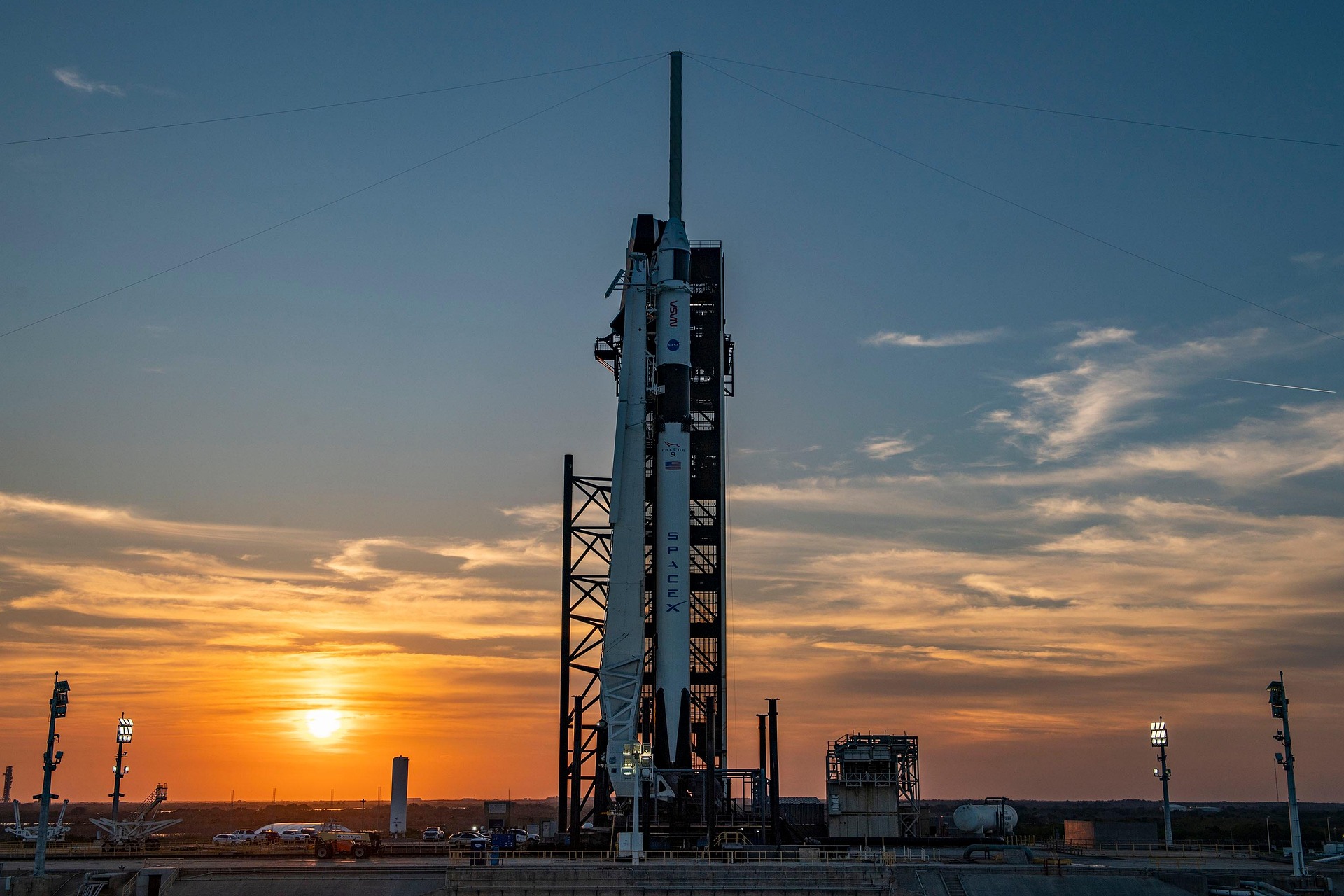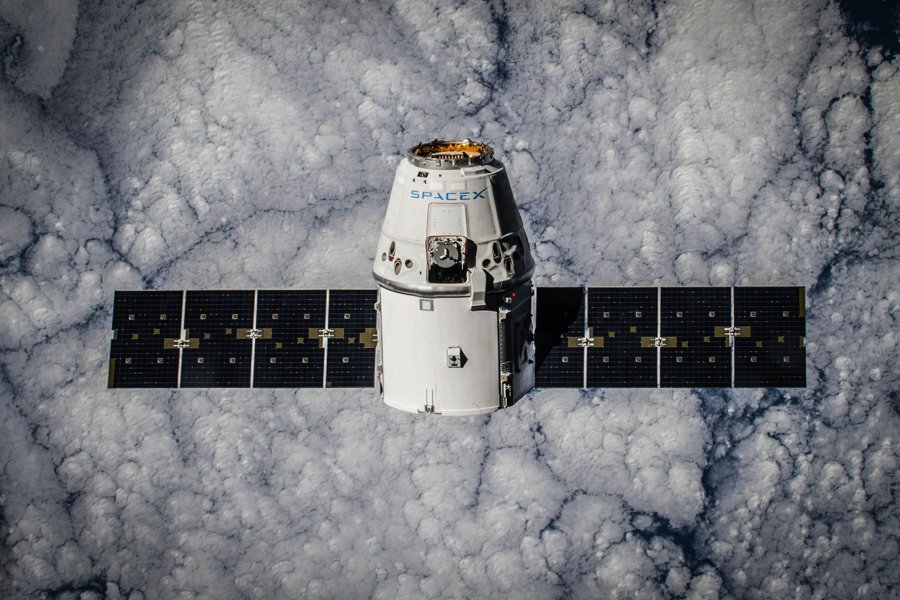SpaceX’s long-term goal of colonizing Mars has taken significant strides forward with new developments surrounding its Mars transportation system. The company is progressing toward its ambition to make human life multiplanetary, with the Starship spacecraft at the heart of this vision. Following a series of successful tests, SpaceX is now looking toward the 2030s as the target period for launching crewed missions to the Red Planet. With a focus on sustainability and self-sufficiency, the plan to establish a human colony on Mars could revolutionize space exploration and humanity’s future beyond Earth.
The role of Starship in Mars colonization
The Starship spacecraft is central to SpaceX’s Mars plans. Designed as a fully reusable spacecraft capable of carrying both cargo and crew, Starship’s ability to transport large amounts of payload and multiple passengers will be crucial in establishing a permanent human presence on Mars. SpaceX has already demonstrated Starship’s potential with successful tests, and the next step involves refining the spacecraft for interplanetary missions. The Starship will not only be responsible for transporting astronauts to Mars but also for delivering the necessary equipment, supplies, and infrastructure to establish a sustainable colony.
Starship’s massive payload capacity, combined with its reusable nature, will allow for regular trips between Earth and Mars, a necessary feature for building and maintaining a colony. This transportation system will also enable the delivery of materials for infrastructure development, like habitats, research labs, and communication systems, while ensuring that the colony remains self-sustaining in the long run.
Developing In-Situ Resource Utilization (ISRU) technologies
One of the key challenges of establishing a colony on Mars is ensuring that the colony can be self-sufficient. SpaceX is actively researching and developing in-situ resource utilization (ISRU) technologies, which involve extracting and processing resources available on Mars itself. This includes the possibility of extracting oxygen from the Martian atmosphere, a process that could dramatically reduce the need for transporting vital supplies from Earth.
In addition to oxygen, other Martian resources could be used to produce fuel, water, and building materials, further reducing the reliance on Earth for long-term support. SpaceX has been exploring the potential of ISRU technologies to create a sustainable system on Mars, which will be essential to the success of the colony. By utilizing the planet’s natural resources, future settlers could produce their own life-supporting materials, creating a truly self-sustaining ecosystem.
A human presence on Mars: The challenges ahead
While the vision of a Mars colony is exciting, it comes with numerous challenges. The harsh environment on Mars—characterized by low temperatures, weak gravity, and a thin atmosphere—presents significant obstacles for human survival. Developing habitats capable of withstanding Martian conditions is one of the primary concerns for SpaceX, as is ensuring the long-term health and safety of the crew members who will live there.
Radiation protection is another critical issue. Mars lacks a protective magnetic field like Earth’s, meaning astronauts will be exposed to higher levels of radiation. Developing technologies to shield the colonists from this radiation, such as underground habitats or radiation-resistant materials, is a priority for SpaceX and its partners.
The timeline for Mars colonization
While the journey to Mars is still in its early stages, SpaceX aims to send the first crewed mission to Mars by the 2030s. The initial missions will likely focus on setting up the necessary infrastructure and conducting scientific research. Over time, as Starship technology advances and Mars-based resource utilization becomes more effective, the goal will be to establish a self-sustaining colony that can support larger populations.
However, many technical and logistical challenges remain, from the transportation system’s reliability to the long-term sustainability of life support systems. It’s expected that it will take several decades of innovation, testing, and refinement to fully realize the vision of a thriving colony on Mars.
The future of human life beyond Earth
SpaceX’s Mars colony plans are part of a broader vision for humanity’s future in space. By making Mars accessible, SpaceX hopes to spark a new era of exploration and innovation that could open the door to further interplanetary missions, including to the Moon, Europa, and beyond.
Establishing a permanent human presence on Mars could not only provide humanity with a “backup” planet but also lead to advancements in technology and knowledge that would benefit life on Earth. SpaceX’s push to colonize Mars is just one of the many ambitious projects underway in the world of space exploration, but it represents the most ambitious effort yet to make human life multiplanetary.
As we look toward the future, the dream of a thriving Martian colony may not be as far off as it once seemed, and SpaceX’s Starship program is steadily paving the way to make this a reality.





